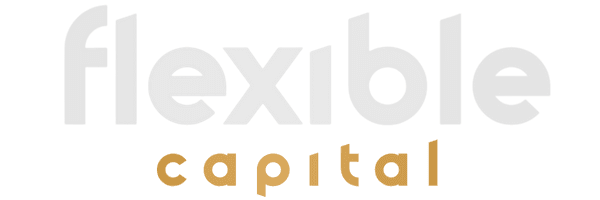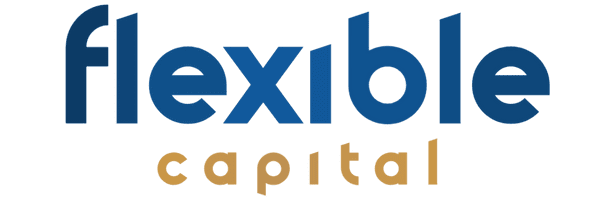Benefits Of Alternative Financing
Explore flexible, fast, and accessible funding options tailored to unique business needs, credit challenges, or time-sensitive growth opportunities.
Alternative Financing Options
Explore a wide range of business lending solutions tailored to fit your goals, industry, and stage of growth.
Alternative Financing
-
Accounts Receivable
$50,000 - $30 Million -
Asset-Based Lending
$2 Million - $200 Million -
Inventory Financing
$10,000 - unlimited -
Invoice Factoring
$10,000 - $1 Million + -
Purchase Orders
$10,000 - $1 Million -
Supply Chain
$1 Million - $100 Million+
Accounts
Receivable
Accounts receivable financing provides fast working capital by using unpaid invoices—boosting cash flow without new debt.
- Turns invoices into cash
- Suits slow-paying B2B clients
- No collateral required
- Avoids long payment waits
- Smooths seasonal cash flow
- Quick approval process
- Approves faster than banks
Asset-Based
Lending
Asset-based funding lets businesses unlock working capital by leveraging assets like invoices, inventory, or equipment—minimizing dependence on credit scores.
- Turns invoices into cash
- Great for slow-paying B2B clients
- No extra collateral needed
- Avoid long payment delays
- Eases seasonal cash gaps
- Approves faster than banks
- Unlocks cash for operations
Inventory
Financing
Access flexible capital tied to your inventory, improve purchasing power, and keep your shelves stocked without draining your cash flow.
- Boost Inventory Turnover
- Increase Purchasing Power
- Maintain Stock Levels
- Free Up Cash Flow
- Support Seasonal Demand
- Avoid Stockouts & Delays
- Flexible Repayment Terms
Invoice
Factoring
Convert outstanding invoices into immediate cash, improve cash flow, and keep operations going without waiting for customer payments.
- Fast Cash Flow
- No Loan Required
- Improve Working Capital
- Reduce Payment Delays
- Easy Qualification Process
- Maintain Business Operations
- Grow Without Debt
P.O.
Financing
Get upfront capital to pay suppliers, fulfill large orders, and grow without cash constraints or delayed customer payments.
- Fund Supplier Payments
- Accept Larger Orders
- Support Rapid Growth
- Protect Cash Reserves
- No New Debt Incurred
- Strengthen Vendor Relations
- Faster Order Fulfillment
Supply
Chain
Supply chain financing helps businesses improve cash flow by allowing early supplier payments while buyers extend their payment terms.
- Faster Supplier Payments
- Extended Buyer Terms
- Lower Cost of Capital
- Reduced Supply Chain Risk
- Boosts Working Capital
- Supports Global Trade
- Scalable Funding Model
Alternative Financing Questions
Accounts receivable financing allows businesses to borrow against outstanding customer invoices. Instead of waiting 30, 60, or 90 days to get paid, a lender advances cash based on the value of unpaid receivables. This boosts cash flow and allows companies to fund operations or growth without taking on traditional debt.
Asset-based lending (ABL) is secured by business assets like accounts receivable, inventory, or equipment. Unlike traditional loans that rely heavily on credit history and cash flow, ABL focuses on the value of the collateral. It's ideal for businesses needing flexible capital while leveraging owned assets.
Invoice factoring involves selling your invoices to a third party (a factor) who collects payment from your customers. Accounts receivable financing, on the other hand, uses those invoices as collateral for a line of credit or loan—but you still collect the payments yourself. Both free up cash but offer different control levels.
Businesses that sell finished goods (not services) and have verified purchase orders from reputable customers can qualify. PO financing is especially beneficial for manufacturers, wholesalers, and import/export businesses that need to pay suppliers but don’t want to use cash reserves.
Absolutely. Purchase order financing enables businesses to accept larger orders and grow without waiting for payments or using working capital. It improves supplier relationships, allows for volume discounts, and positions your business for rapid expansion.
Yes, asset-based lending focuses more on the value of your collateral than your credit score. Businesses with challenged or limited credit can still qualify, as long as they have reliable assets like accounts receivable, inventory, or equipment.
Invoice factoring can deliver funding in as little as 24 to 48 hours after approval. Once your invoices are verified, the factor advances a percentage (typically 80-90%) and holds the remainder until the customer pays—minus their fee.
Yes. Retailers often face seasonal spikes in demand and need to buy inventory upfront. Inventory financing helps them meet customer demand, avoid stockouts, and scale operations without dipping into reserves or using credit cards.
Costs vary but generally include a service fee or interest on the advanced amount. The better your customer’s credit and payment history, the lower your rate. It’s often more affordable than merchant cash advances or short-term business loans.
Inventory financing helps businesses purchase products, raw materials, or finished goods in bulk. This is especially useful for seasonal demands, large purchase orders, or e-commerce growth. It allows companies to scale operations without draining working capital or taking on high-interest debt.

















